Special Feature: Loose Parts - Ordinary Objects Contribute to Extraordinary Learning
Working together, students use loose parts in the form of branch pieces and wooden cones to create a path leading to their castle!
Loose Parts: Simple, Powerful Tools of Play and Learning
It’s free play time in teacher Kim Bixler’s classroom. Squatting before an assortment of wooden shapes, a preschooler grasps a block and stands it up vertically. Lining up several additional blocks like a row of dominoes, he taps the first block into the second one and watches the entire row topple. He claps his hands, smiles, and begins to rebuild.
The wooden blocks are ‘loose parts.’ British architect Simon Nicholson coined the phrase in 1971, noting that the diversity of an environment’s materials contributes to learning and making connections. In early education, loose parts encompass an array of everyday natural and synthetic items, such as stones, shells, blocks, cardboard, spools, and buttons.
The materials are commonplace but their impact on learning is any but ordinary.
Loose parts foster creativity, experimentation, critical thinking, problem solving--and joy and wonder. They are integral to Children’s Village learning-through-play approach.
Every classroom uses developmentally appropriate loose parts items—and thanks to a recent grant, Children’s Village has a new space to store loose parts.(See news brief, below.)
Open-Ended Play: Endless Opportunities for Discovery
“Loose parts encourage open-ended play. A log becomes a stepping stone to a castle and a block becomes part of a wall to topple. Unlike single-purpose toys, open-ended play has no pre-determined limitations,” says Ms. Bixler.
"When we walk to visit the park, children gather sticks and leaves and then create with them, building nests, for example. Using loose parts in the classroom is an extension of what children naturally do," adds teacher Jessica Gabrielaitis.
“Loose parts allow children to take play where ever they choose. Because there is no ‘right’ way, children are less afraid to make mistakes, which pushes them to experiment with new concepts,” explains Ms. Bixler.
Role of the Teacher: Extending Learning
“The child directs the play. My role is to extend the learning. I might ask ‘What are you seeing? What do you think will happen if you add more?’ I may introduce vocabulary, such as ‘chain reaction' or 'balance.' Through these conversations, the student also is developing language skills," says Ms. Bixler.
Loose Parts: Teachers Use Material to Enhance Learning in Multiple Ways
Loose parts not only foster open-ended play but teachers use the material in many ways:
Building Community: Creating Murals and Materials for the Classroom
Ms. Gabrielaitis uses loose parts material to create murals with children. "The toddlers work together, which builds community. They share their ideas and talk with each other about what they’d like to do," she says.
"I love that the children witness that simple, recycled material can become something new and how objects can transform from moment to moment," she adds.
Ms. Gabrielaitis displays the murals as part of the classroom environment, affirming to the children the value of their work. "Often the murals are of trees and the natural environment. Their presence supports a calming classroom," says Ms. Gabrielaitis.
(below) Children create a mural for display in the classrom!
Ms. Gabrielaitis also uses loose parts material to build props with students (see slide show, below!)
Promoting Science, Technology, Engineering, and Math (STEM) Concepts
In School-Age Teacher Jarale Womack's classroom, students designed and built catapults.
The hands-on approach using loose parts material to investigate STEM concepts ignites children's imagination.
"Especially important, I also observed that school-age students who may not have been successful academically regarding memorization or knowledge retention often flourished with STEM concepts, calling upon creativity to construct ideas and explanations. The children felt great pride in their work and it was really wonderful to see,” says Ms. Bixler.
Benefiting Social Emotional Learning (SEL)
Loose parts also offer children opportunities for collaborating, concentrating, compromising, and practicing self-control.
"Children learn how to respond to frustration and to step back if something doesn’t work--if a block tower tips over, the glue is not securing materials, or the tape is not holding cardboard together. Children then reexamine their approach," says Ms. Bixler.
Children also learn that you can borrow ideas from others. "I explained that there is no need to hoard ideas and that engineers working on a project share ideas and solutions," says Ms. Bixler.
(below) Ms. Bixler read 'Goldilocks and the Three Bears' to preschoolers. She presented the problem of building a new chair for baby bear since Goldilocks broke it. Students worked in groups of three. They observed that a paper towel tube looked like a chair leg and cardboard square looked like the seat. The teacher used a 5-pound bag of sugar to test its sturdiness!
Strengthening the School-Family Connection
Loose parts material also has a role in building family and teacher relationships and enhancing learning at home.
"Parents see what is displayed in the classroom and then tell me that they have tried it at home with their children. This type of sharing deepens our connection," says Ms. Gabrielaitis.
"Many families face financial challenges. Because of what they witness in the classroom, they know that they do not need to buy anything new to nurture children’s growth and development. They can focus on quality time together as they experiment with everyday materials available at home," she adds.
In Children's Hands and with Teachers' Support, Simple Materials Transform into Amazing Learning Experiences
"In education, new materials and approaches are regularly developed but loose parts items remind us that learning can have a wonderful simplicity," says Ms. Gabrielaitis.
"The children never cease to amaze me with what they create using loose parts. It excites me as a teacher, motivates and engages the children, and truly inspires a love of learning," says Ms. Bixler.
Children will make props and play in ways that reflect their individual interests. A toddler uses drum sticks (pencils) to bang on a drum set created from loose parts.
NEWS BRIEF
The New Loose Parts Room: Invaluable Resource for Students and Teachers
Loose parts in the early learning setting is not new-- but an organized storage space (above) dedicated to the material is!
"We are thrilled to provide this incredible resource to children and teachers. Not only does classroom space limit loose parts storage, but teachers often had to gather items on their own, adding more to their 'to-do' list. We now have ample storage to obtain loads of the same item and play a bigger part in recycling," says Mary Graham, Executive Director.
"Teacher Kim Bixler was instrumental in ensuring that the idea for this space came to fruition--and then spent hours setting up the room. Kim led workshops for teachers on STEM instruction. She asked participants what were their concerns about STEM projects and many noted that they did not have easy access to materials. Kim knows the value of using loose parts and wanted teachers and students to benefit," says Ms. Graham.
A grant from the Department of Education is funding the Loose Parts Room, in addition to other capital projects. "We also applaud PA State Senator Nikil Saval for helping us to secure the award," says Ms. Graham.
"This new Loose Parts Room highlights Children's Village's belief in the power of play. In our teachers' well-planned, play-based classrooms and with their thoughtful guidance, children are exploring, discovering, and problem-solving. They are building skills for lasting school success," says Ms. Graham.
Have loose parts items (such as corks, ping pong balls, marbles, dice, etc.) to donate?
Please email Kim Bixler kimb@childrensvillagephila.org to determine if we can accept the material and, if so, how to donate it! Thank you!




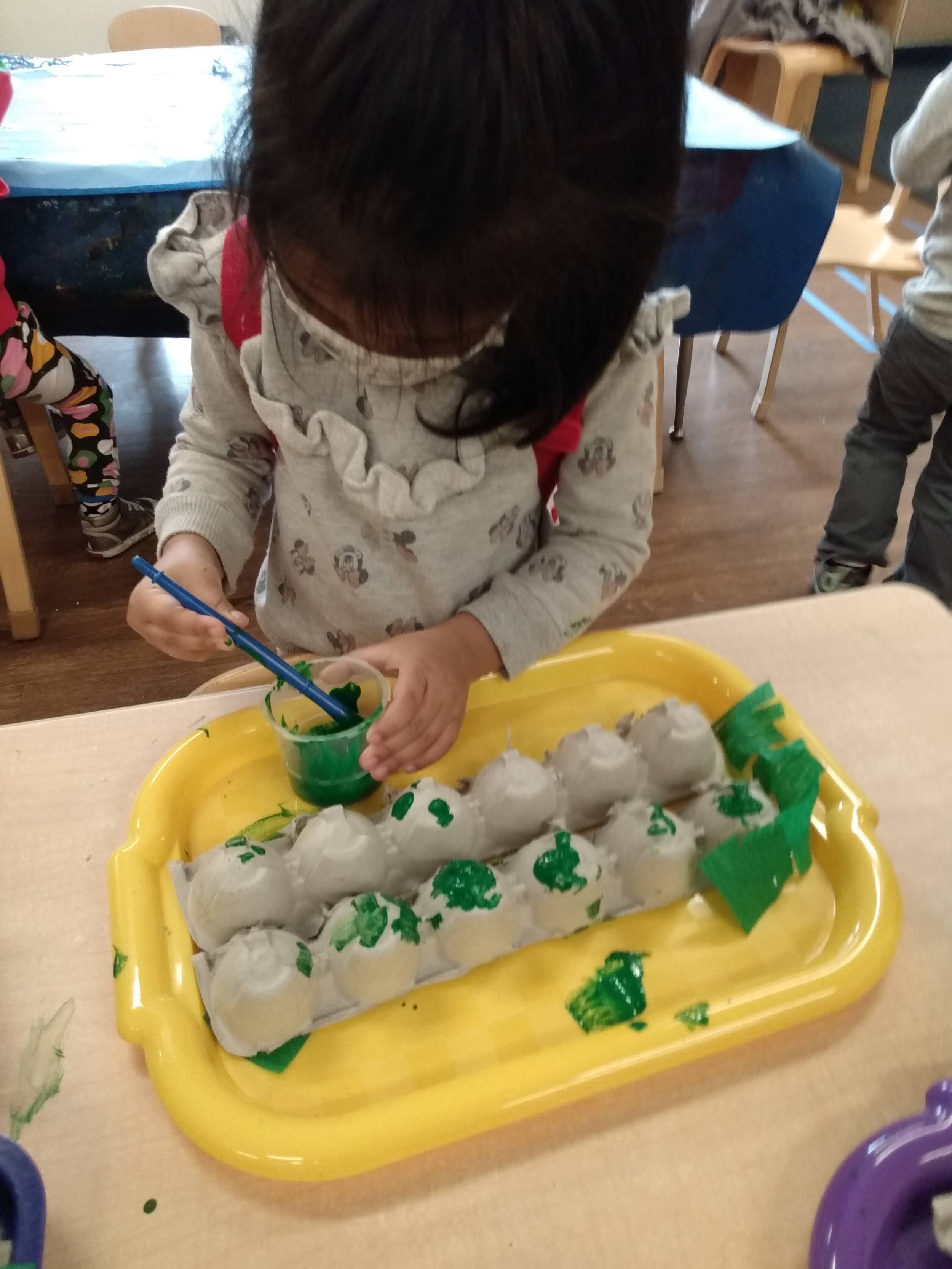
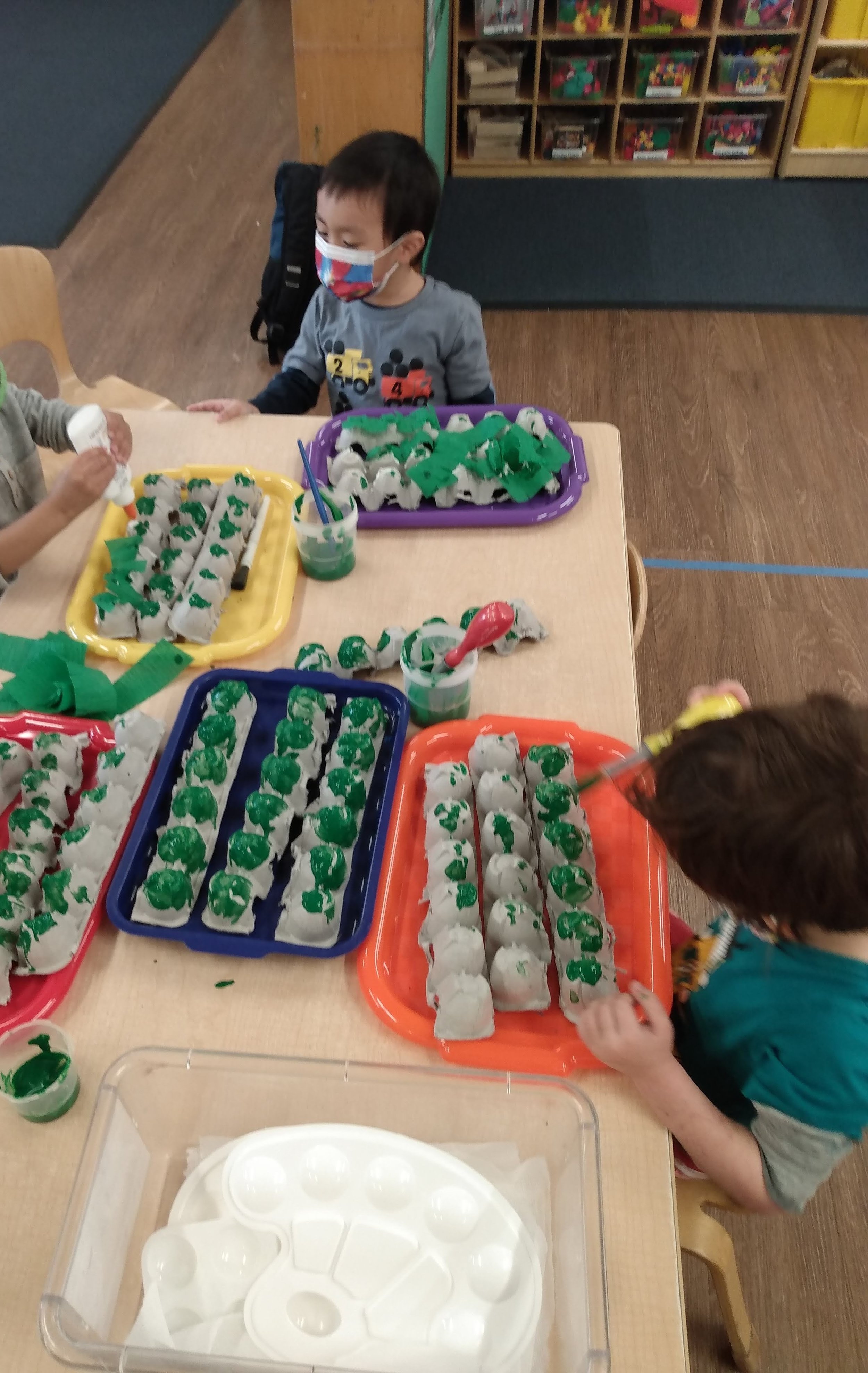
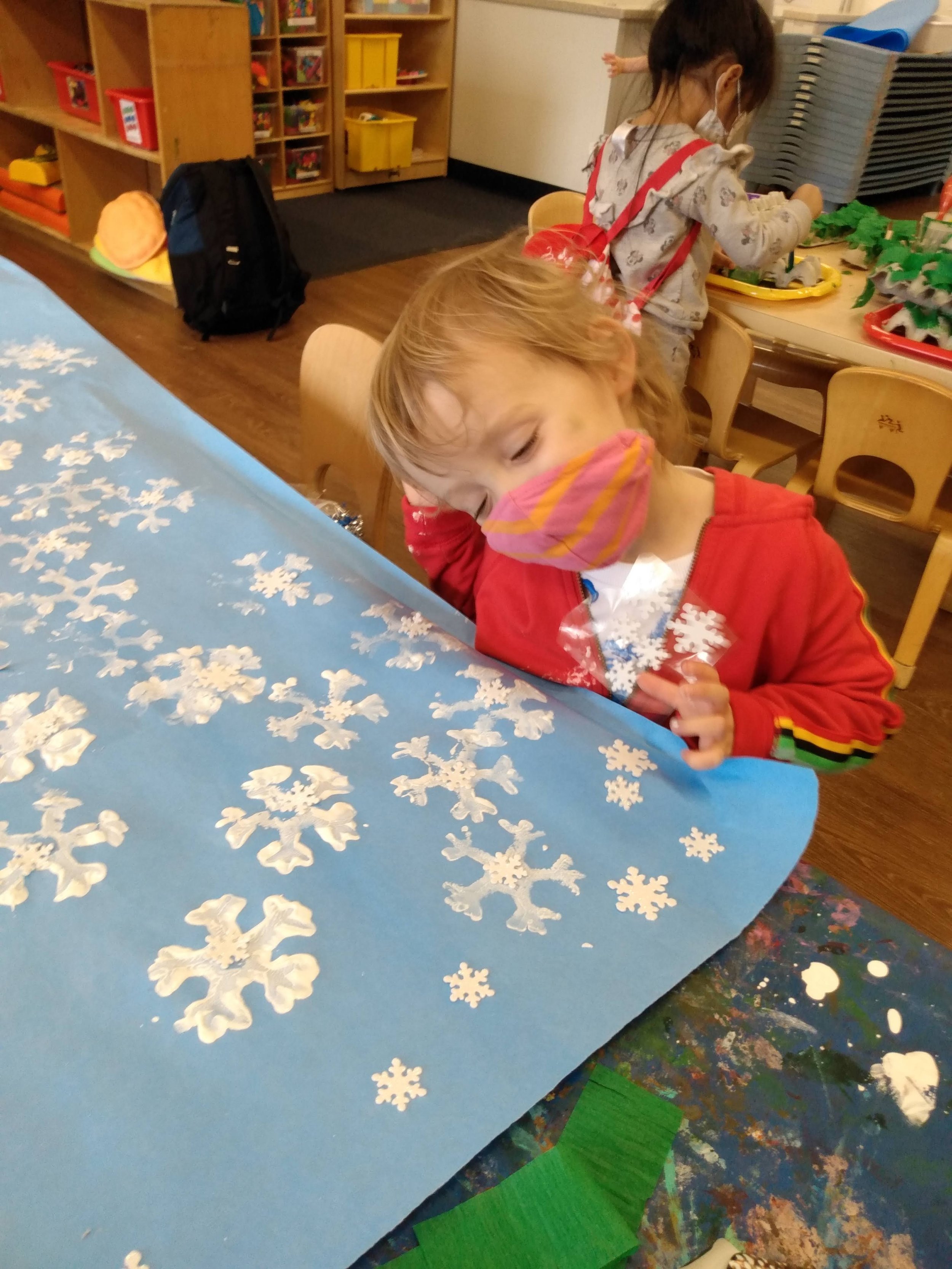
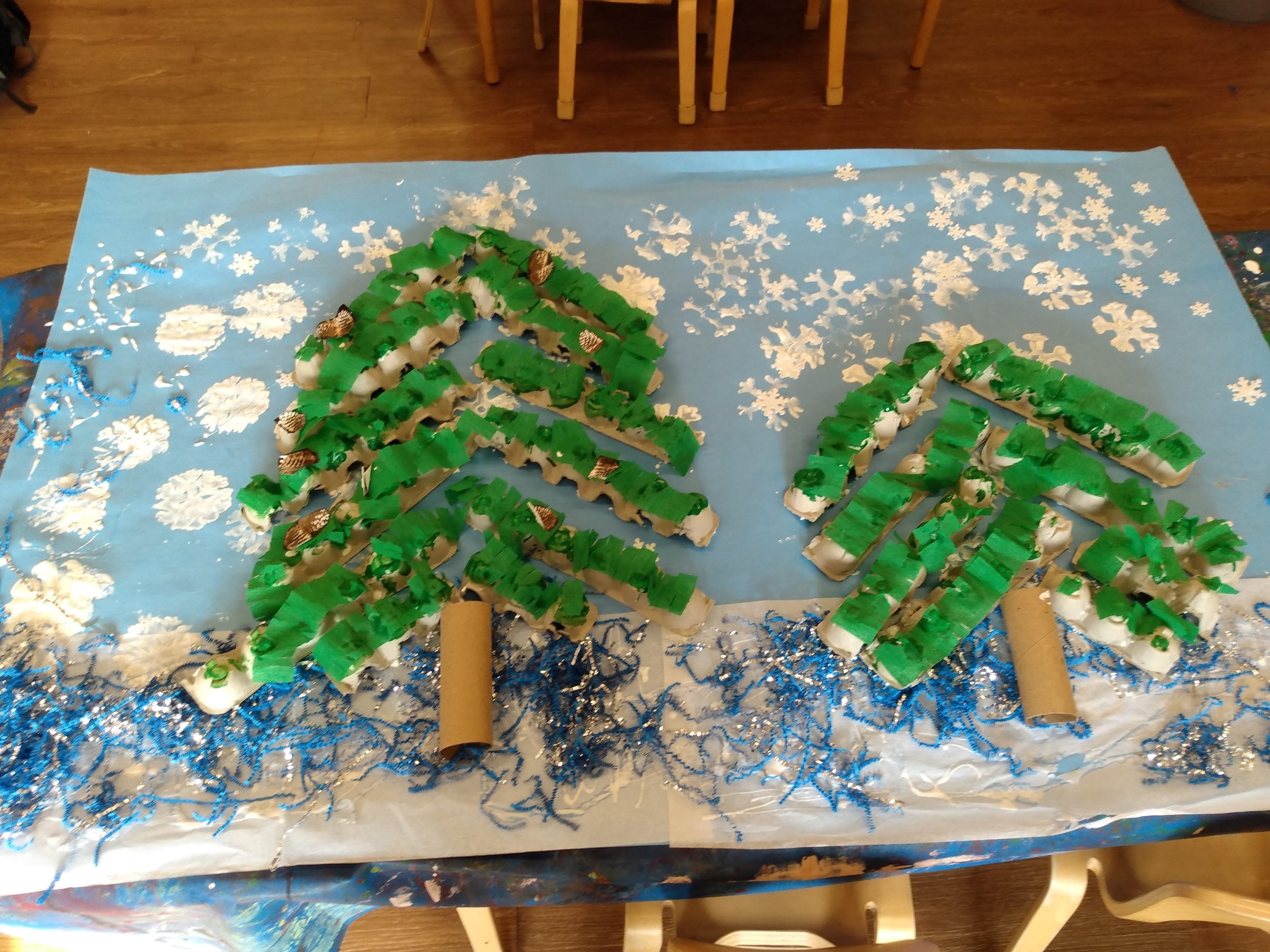

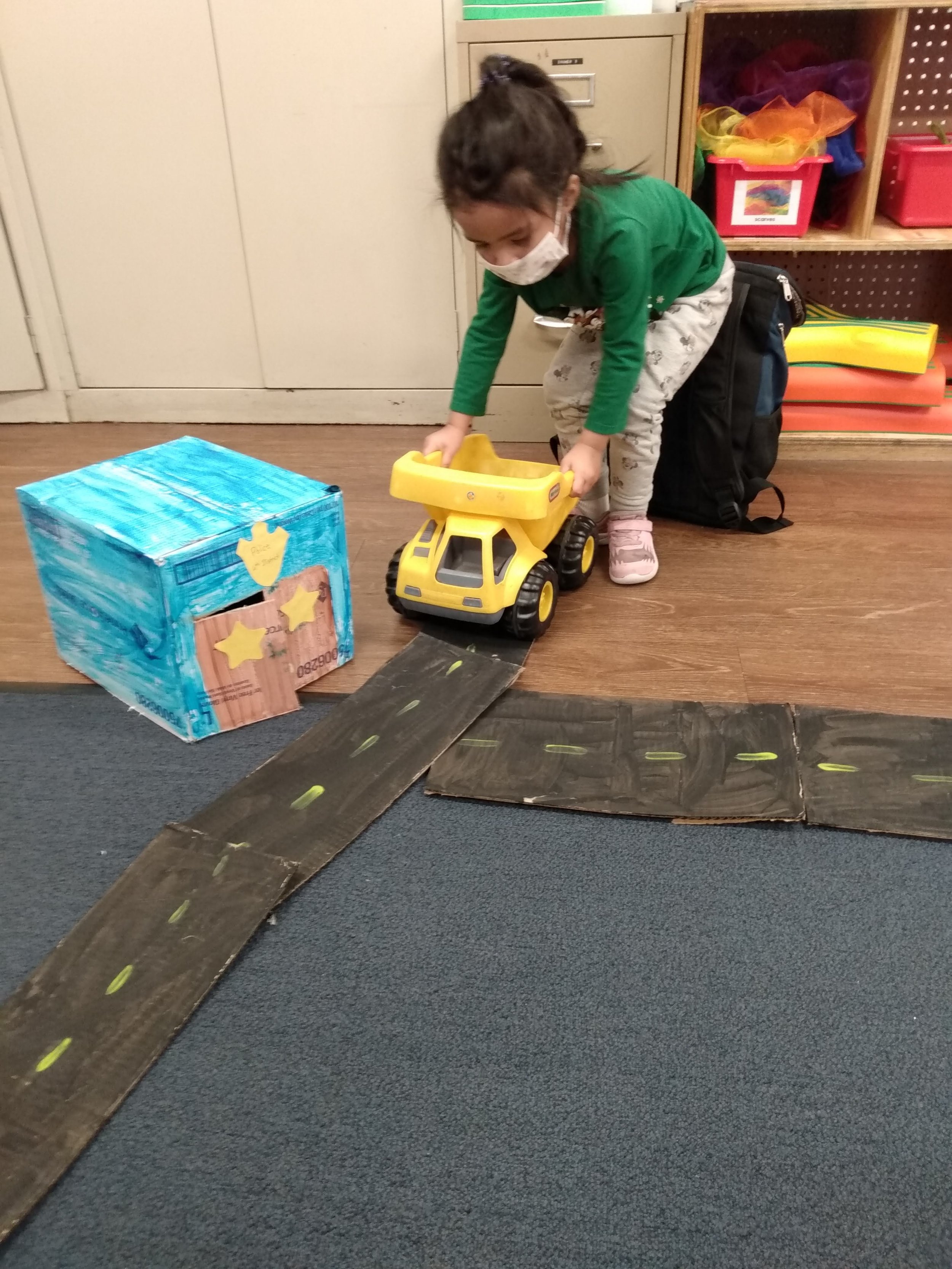
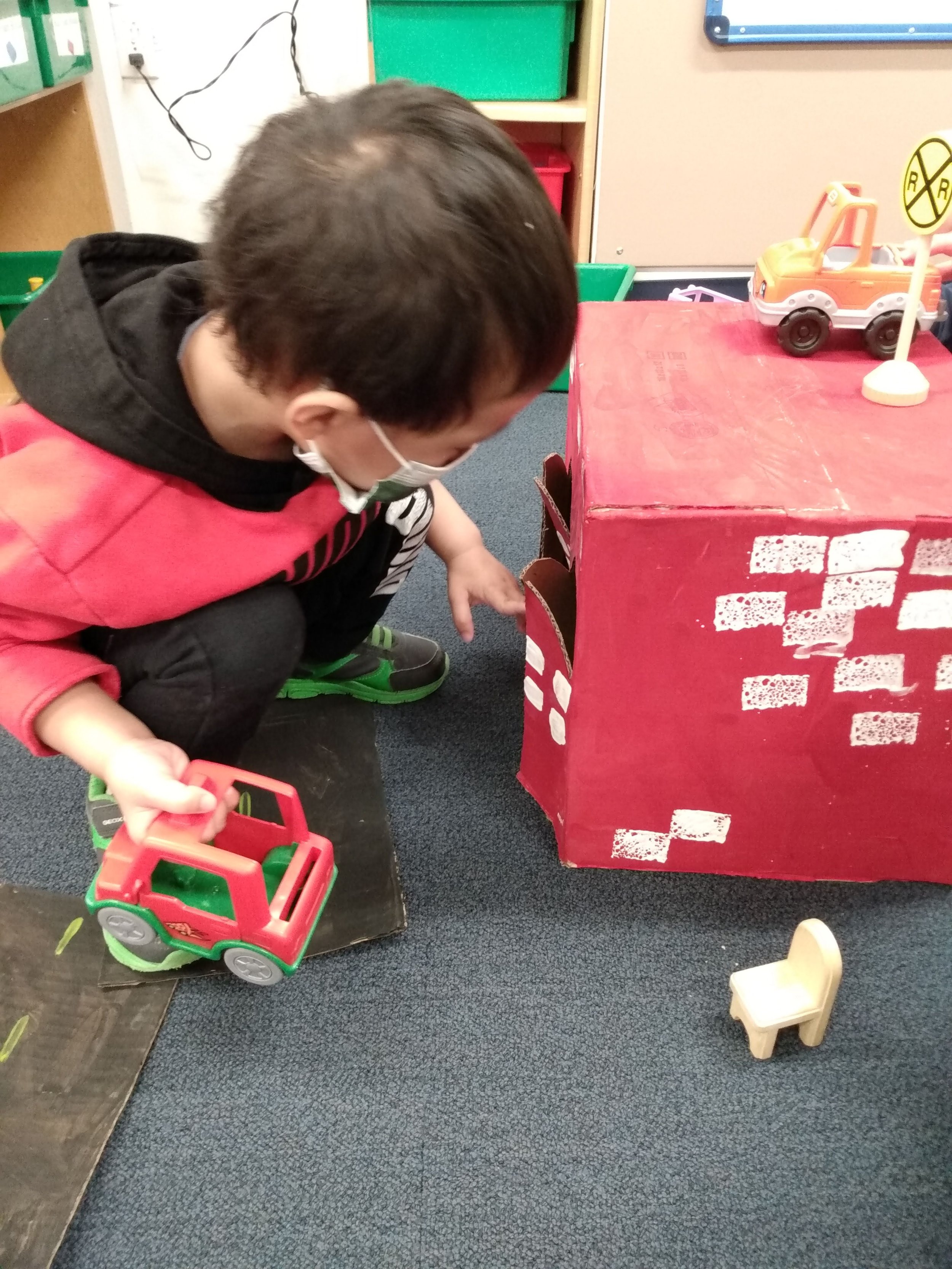
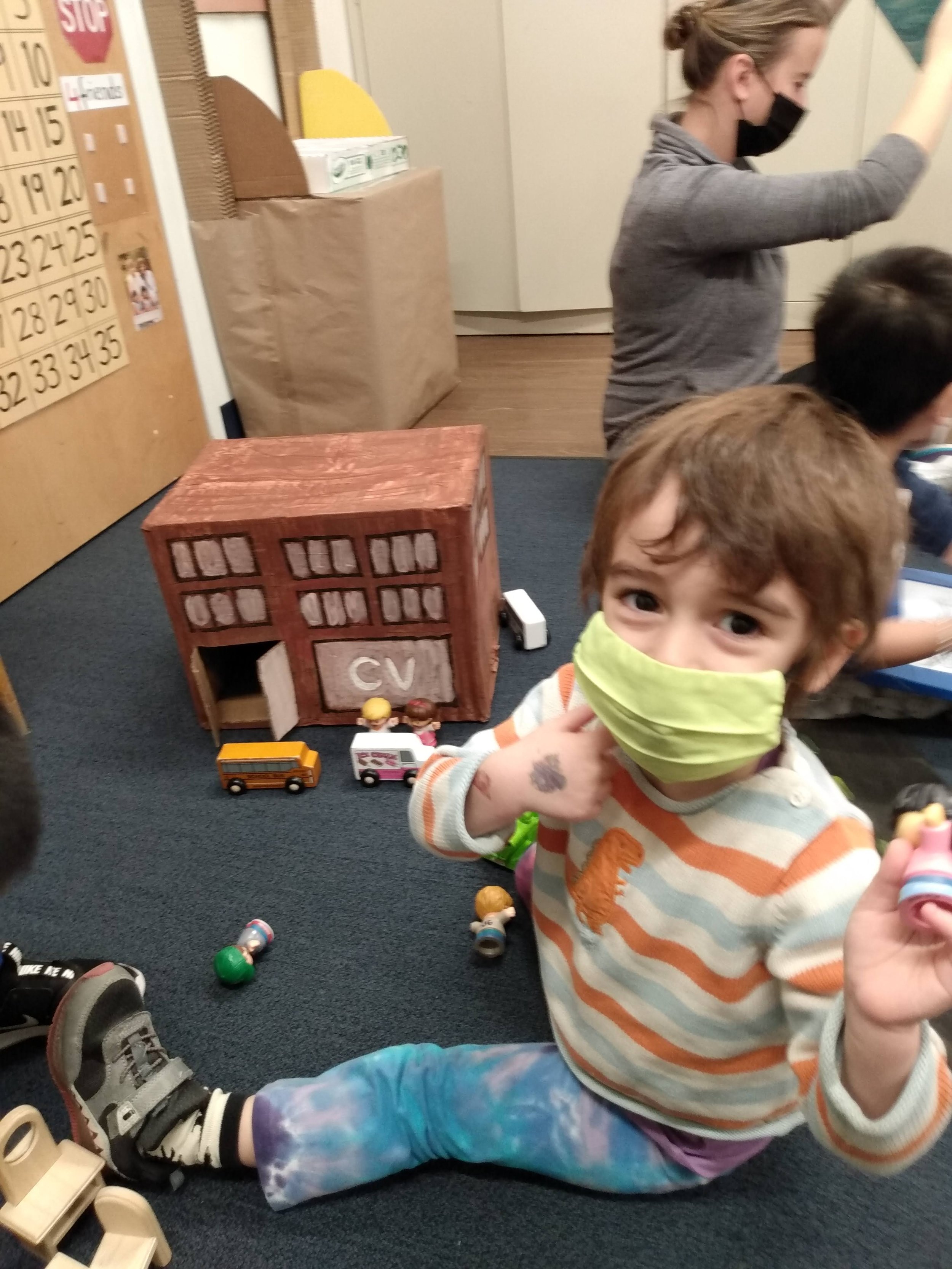
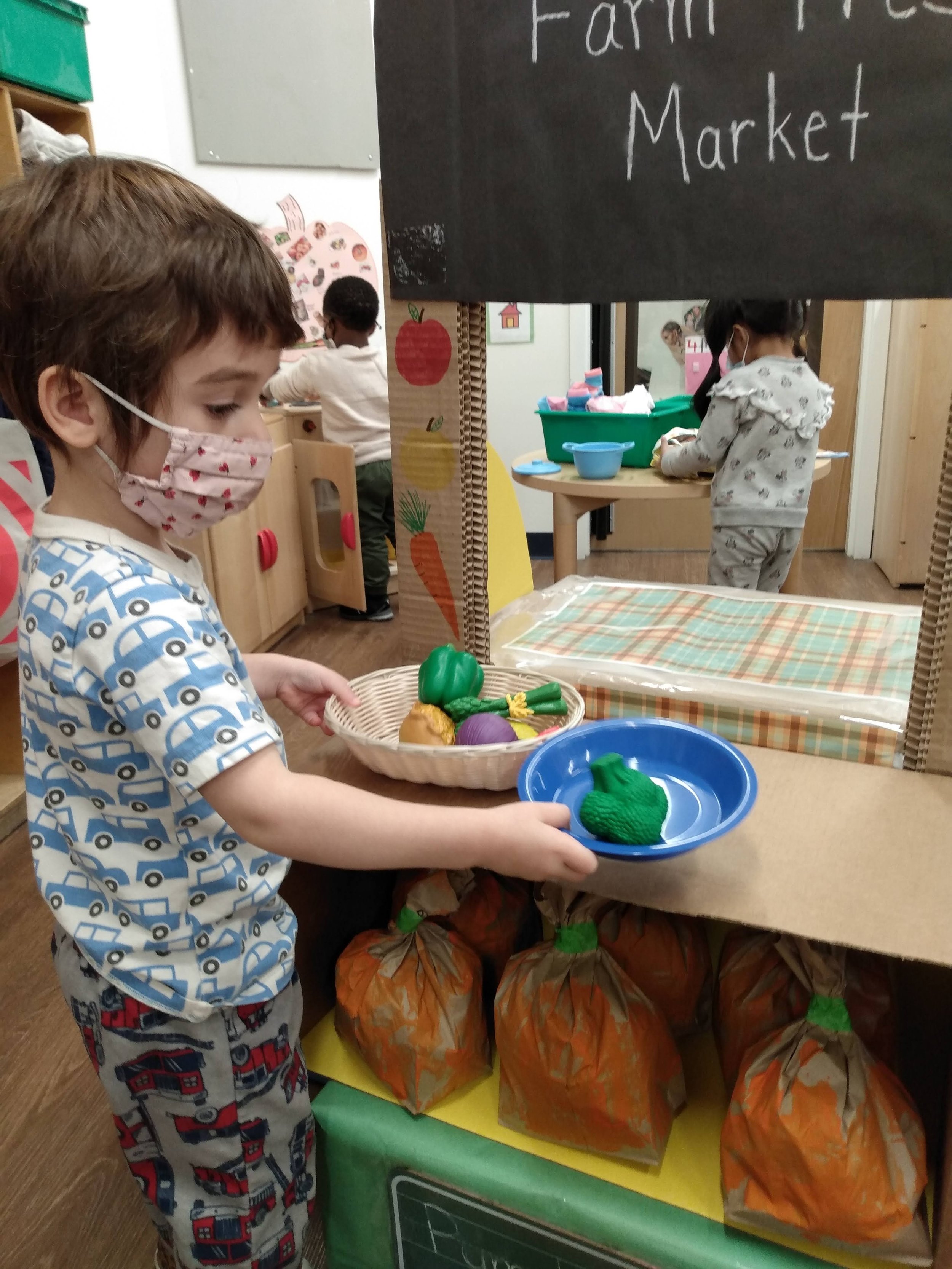
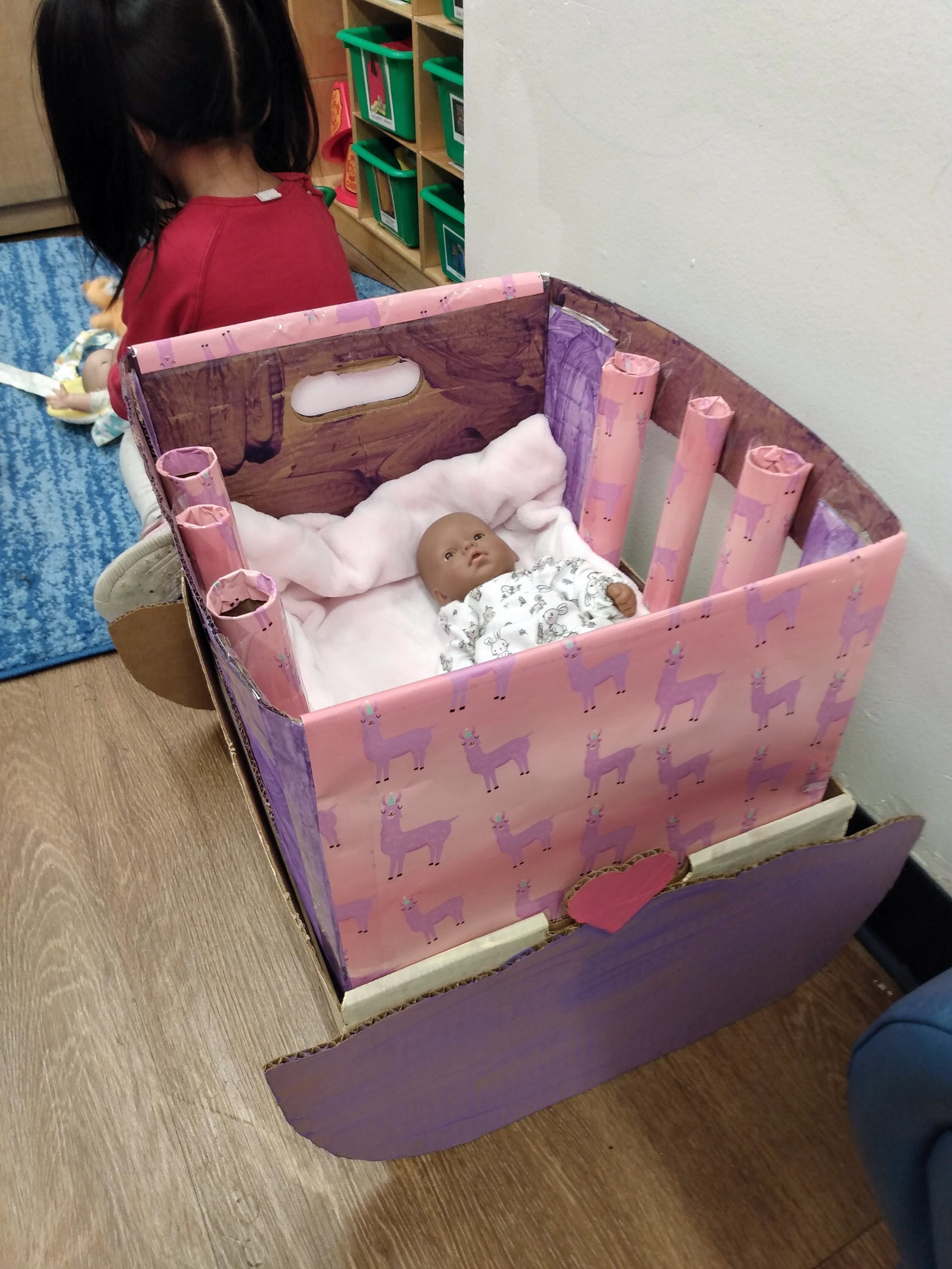
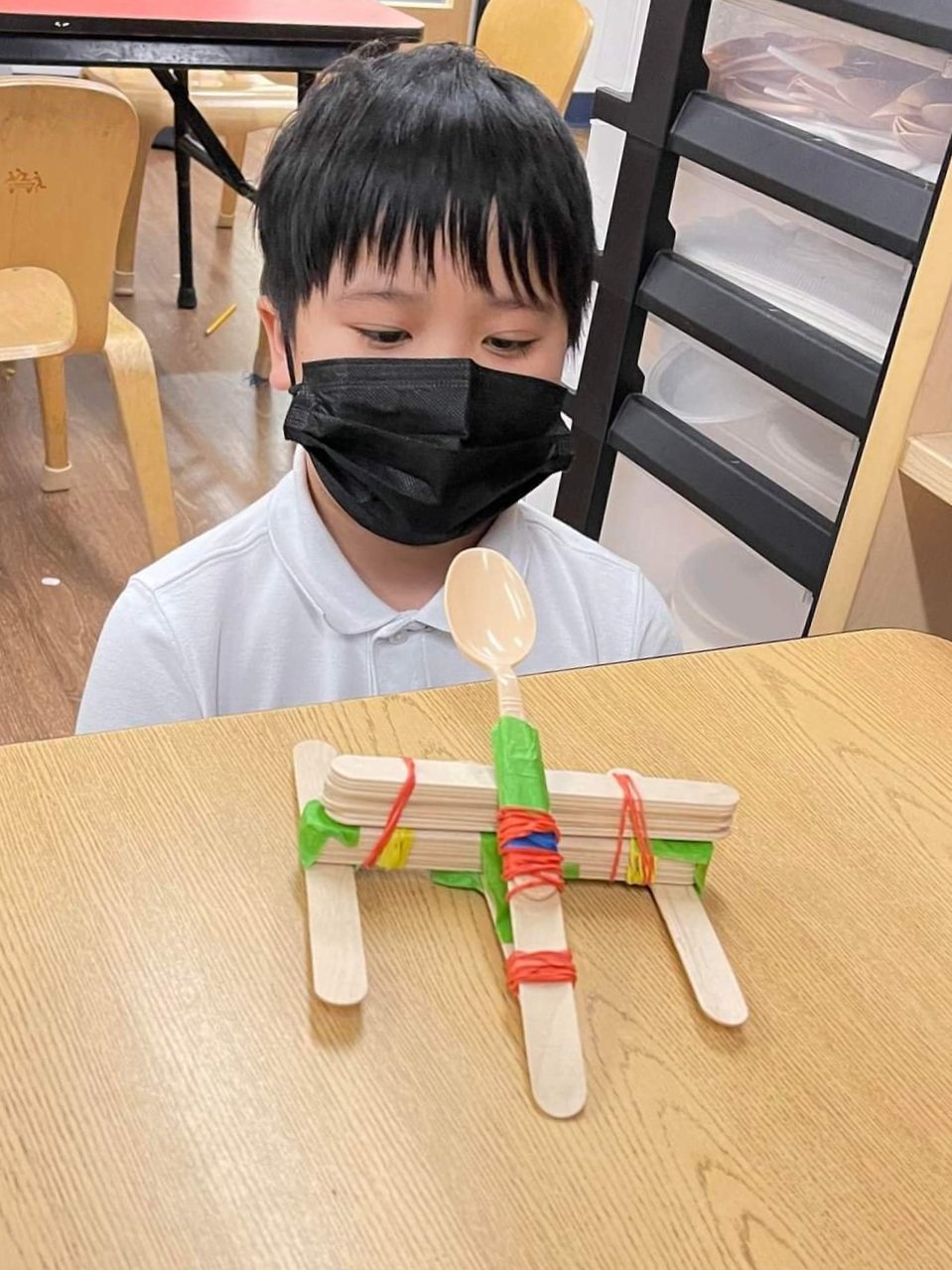

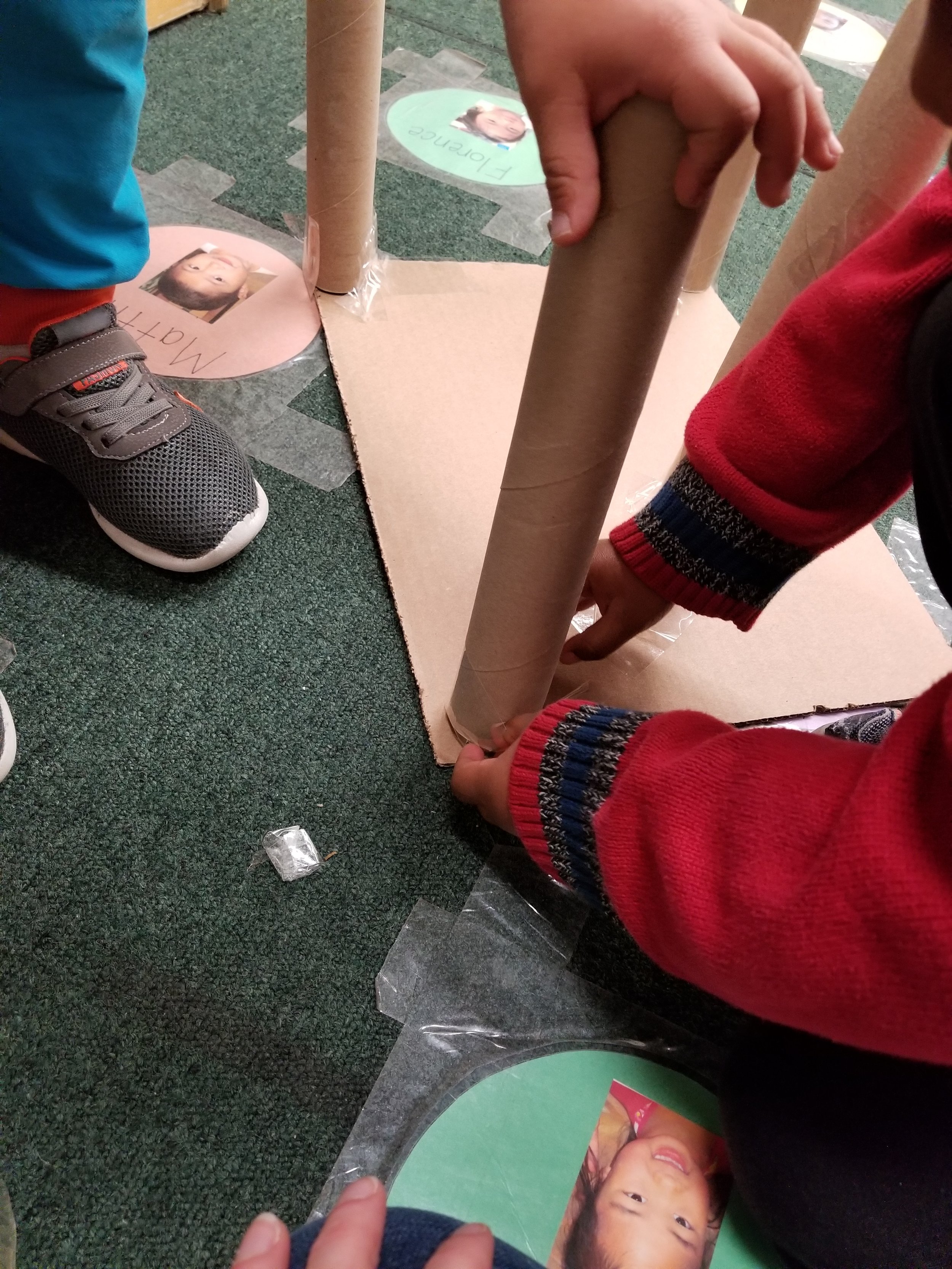
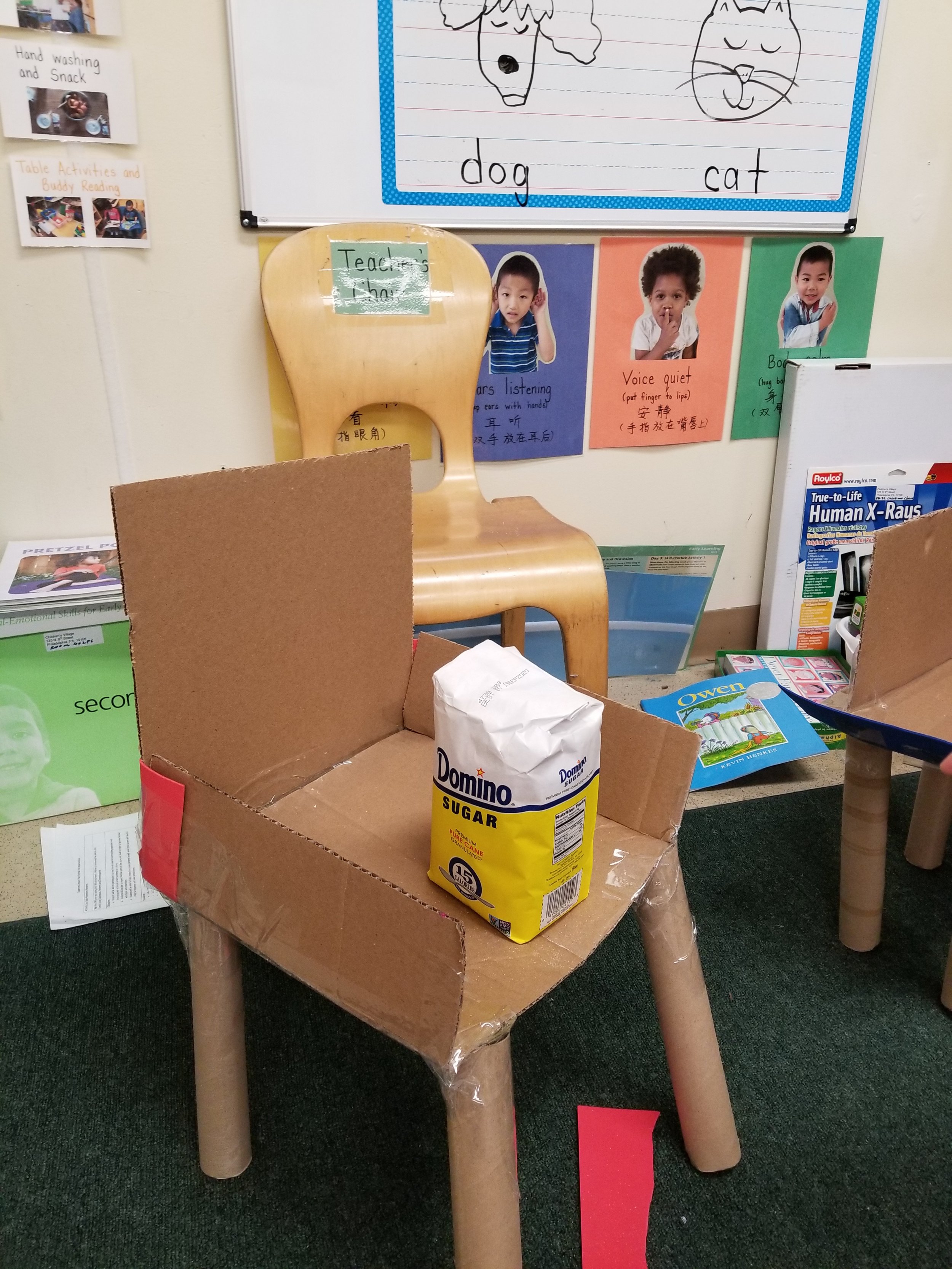

![20220120_104745[1].jpg](https://images.squarespace-cdn.com/content/v1/5f03970bf89c26638157dba6/1648477293674-JIRSYV3O8CZH0BLRXPZX/20220120_104745%5B1%5D.jpg)
![20220120_104801[1].jpg](https://images.squarespace-cdn.com/content/v1/5f03970bf89c26638157dba6/1648477312135-TGMLRLXAKLKKC5HCMI2X/20220120_104801%5B1%5D.jpg)

